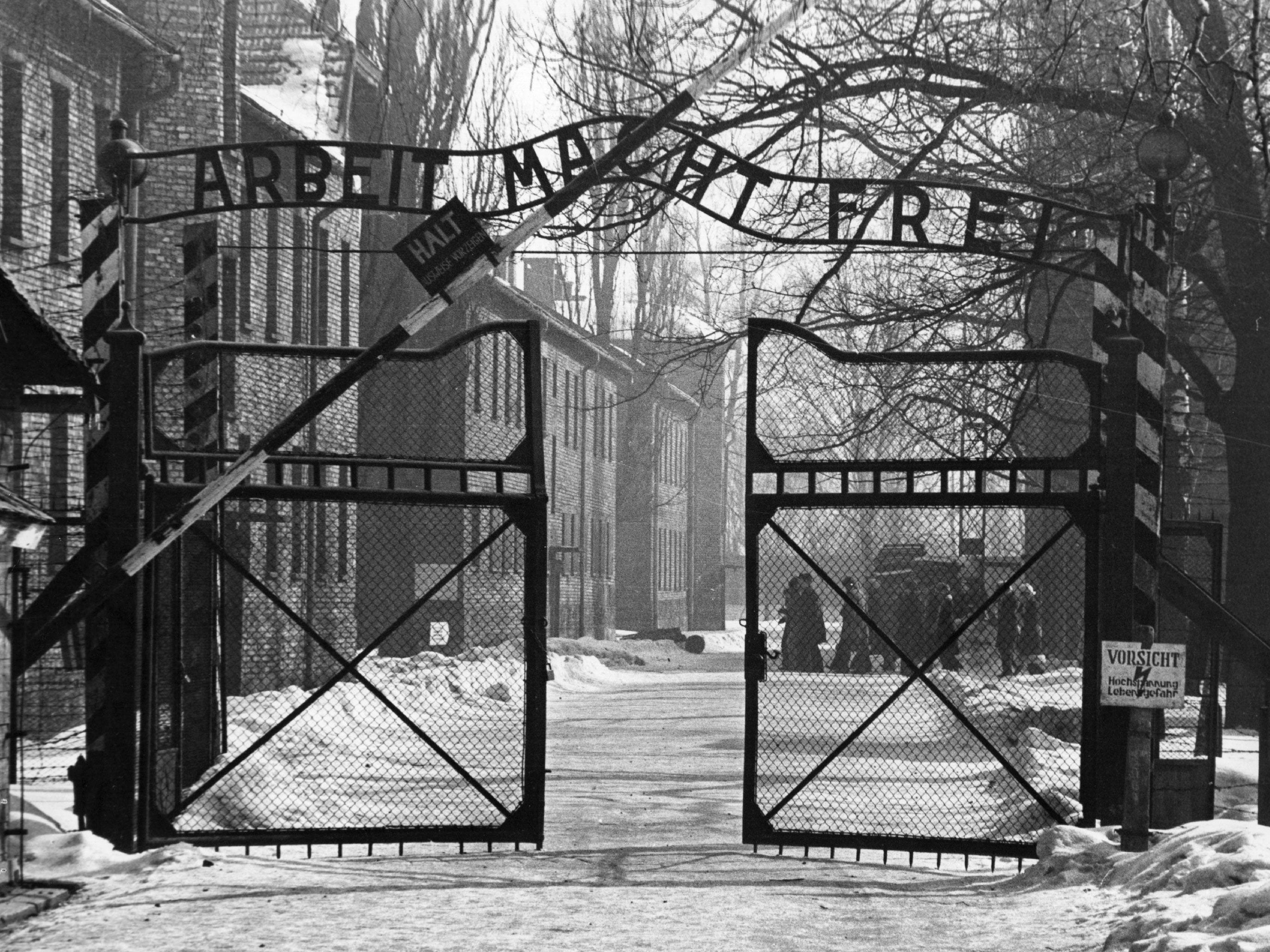Remains of 86 Jewish Holocaust victims used for human experiments by Nazis found hidden in Strasbourg lab
The bodies of the victims were used by Nazi scientists for experiments

Your support helps us to tell the story
From reproductive rights to climate change to Big Tech, The Independent is on the ground when the story is developing. Whether it's investigating the financials of Elon Musk's pro-Trump PAC or producing our latest documentary, 'The A Word', which shines a light on the American women fighting for reproductive rights, we know how important it is to parse out the facts from the messaging.
At such a critical moment in US history, we need reporters on the ground. Your donation allows us to keep sending journalists to speak to both sides of the story.
The Independent is trusted by Americans across the entire political spectrum. And unlike many other quality news outlets, we choose not to lock Americans out of our reporting and analysis with paywalls. We believe quality journalism should be available to everyone, paid for by those who can afford it.
Your support makes all the difference.The remains of 86 Jewish people sent to Nazi gas chambers in 1943 have been discovered at a forensic medicine institute in eastern France.
The bodies of the victims were brought from German holocaust camps to the then Nazi occupied city of Strasbourg in eastern France where they were used by Nazi anatomy professor August Hirt for experiments, according to news agency AFP.
Some of the bodies remain intact while others are dismembered and burnt.
It was thought that the bodies had been buried in a common grave in 1946, following the liberation of the city by Allied forces two years earlier. However, historian Raphael Toledano found that some remains were still lying undiscovered in the institute 70 years on.
Toledano, along with the director of the institute Jean-Sebastien Raul, identified many of the body parts including a jar of “skin fragments” from a gas chamber victim.
Test tubes containing intestine and stomach were also found, according to news agency reports.
The remains had been preserved by a forensic professor from Strasbourg’s medicine faculty, Camille Simonin, as part of an investigation into Hirt’s crimes.
A letter written by Simonin in 1952 gave Toledano a clue as to the location of the remains which mentioned jars containing “samples taken in the course of judicial autopsies carried out on the Jewish victims of the Struthof gas chamber“.
A statement announcing the bodies’ discovery said that labels on each piece refer to the register 107969 and “match the number tattooed at the Auschwitz camp on the forearm of Menanchem Taffel, one of the 86 victims".
Local authorities are reportedly planning to return the newly discovered remains to the Jewish community of Strasbourg where they will be buried at the cemetery of Cronenbourg.
Hirt was an SS-captain who served as a chairman at the Reich University in Strasbourg during World War II. During the war he worked together with other Nazi experimenters to collect human corpses from among inmates at Auschwitz in preparation for an anthropological display at the university.
Hirt killed himself in 1945 before he could be tried for war crimes.
Join our commenting forum
Join thought-provoking conversations, follow other Independent readers and see their replies
Comments